Jamaica’s Endemic Subspecies #3
In this final blog on Jamaican birds, I’ll write about the last five endemic subspecies and give honorable mention to one more near-endemic.
The Bananaquit is a familiar bird throughout the Caribbean as well as the mainland throughout the Neotropics. Yet everywhere you go they look and sound different. Presumably, the ancestor of the Bananaquit was quite the disperser – or perhaps there was some event that caused this wee non-migrant (or very short-distance migrant) to populate many far-flung places. But considering the visual and behavioral differences among the populations, this must have been a long time ago. Jamaica’s birds – the nominate flaveola – are characterized by their relatively large size, dark gray throat (elsewhere the throat can be white or almost black), and a sizable pink wattle at the gape. But given how this young lineage of birds has evolved so rashly in the past few million years, perhaps we should wait for a full genetic study across this species’ range before we split them all.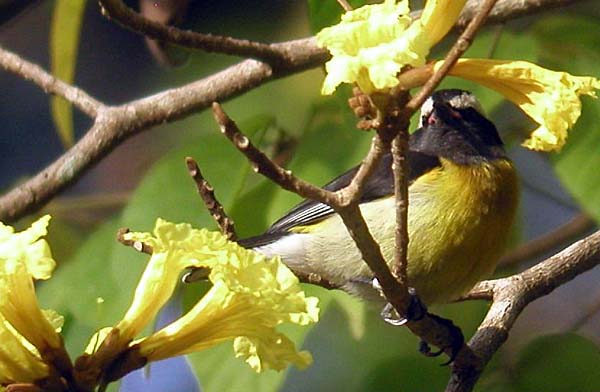
Greater Antillean Bullfinch, represented on Jamaica by the endemic ruficollis, is another dome-nest builder, part of that same radiation that ended up populating the Caribbean and even in the Galapagos and Costa Rica’s Cocos Island with so many endemics. But today it doesn’t seem that there is much inter-island travel for these birds, and even though the Greater Antillean Bullfinches on Hispaniola and in the Bahamas may look a lot like this one, they are probably all different species. A comparison of available online recordings from the Bahamas doesn’t show much similarity between the two.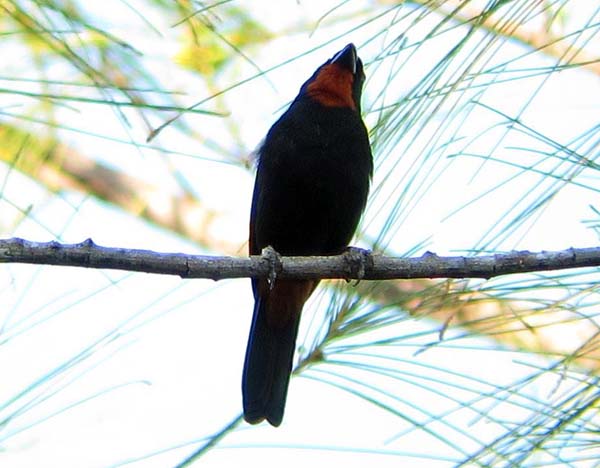
Going by calls and songs alone, the nominate subspecies of Grasshopper Sparrow, found only on Jamaica, isn’t all that distinctive. I don’t know which plumage features set it apart from mainland subspecies, but this is one that I wouldn’t bet as a potential split. Still, I always make an effort to see it on my tours, and we’ve never missed it.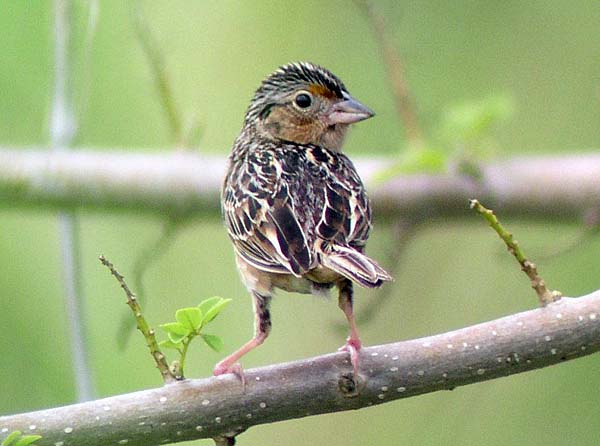
The endemic subspecies of Greater Antillean Grackle on Jamaica is crassirostris. Comparisons of voice make it clear to me that this bird is not very much like the subspecies that occur on Hispaniola and Puerto Rico. To be certain, I’d want to listen to a full set from all six subspecies (which occur on Cuba and the Cayman Islands as well), but the problem with all-black birds is that they don’t reflect what might otherwise be obvious plumage characters that would have instantly led any museum ornithologist to identify separate species. That’s why Boat-tailed and Great-tailed Grackles were considered the same species for so long. Recent genetic studies among Common Raven populations have also shown that real variation among all-black birds has been simply overlooked.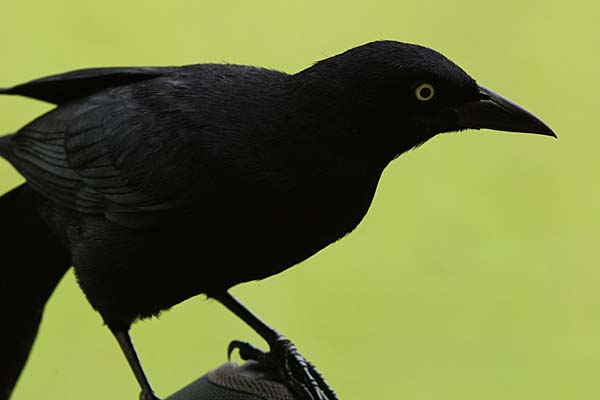
The final endemic subspecies is the nominate leucopteryx Jamaican Oriole. It is often considered an endemic species simply based on its English name, but it occurred on Grand Cayman Island (now extinct there) and still occurs on Cuba’s remote San Andrés Island off the coast of Nicaragua. I’ve heard that the San Andrés subspecies is barely different, at least visually, from the Jamaican birds, but I just have a hard time imagining that there is any gene flow between the two islands.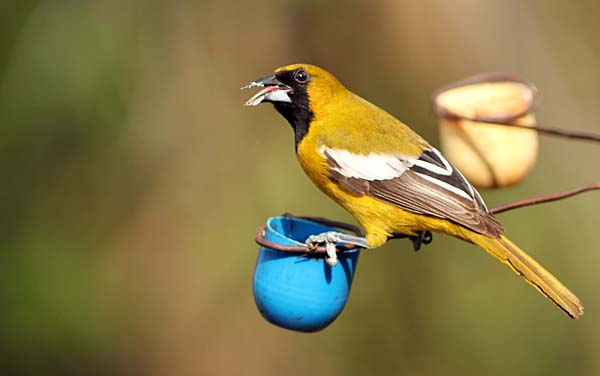
Honorable mention goes to the subspecies eoa of the Yellow Warbler, resident on the island and the name also given to the subspecies found in the Cayman Islands. This belongs to the subspecies group of non-migratory birds that occurs largely in mangroves and coastal scrub from southernmost Florida to northern Venezuela and throughout the Caribbean. There are 16 named subspecies in this group, collectively known as the “Golden Warbler,” and at least as a group is a good candidate for splitting from the northern, migratory Yellow Warbler and the resident Mangrove Warbler of the mainland of Mexico, Central America, and South America (and the Galapagos). However, given that none of these birds migrate, they appear to be on separate evolutionary trajectories. Come back in 50,000 years, and you might find even all the subspecies very different from each other.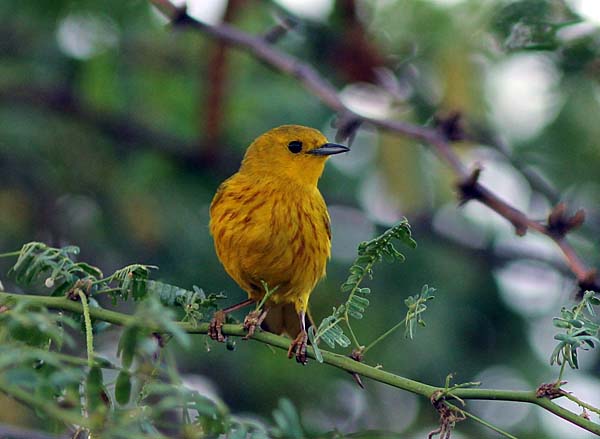
Where does this leave us? Currently, the American Ornithologists’ Union recognizes 27 endemic Jamaican species. Considering the possible splits among subspecies, there could actually be as many as 43. There’s a lot of work left to be done!
Photo at top: The crassirostris subspecies of Greater Antillean Grackle is probably a good candidate for splitting, needing further research.
